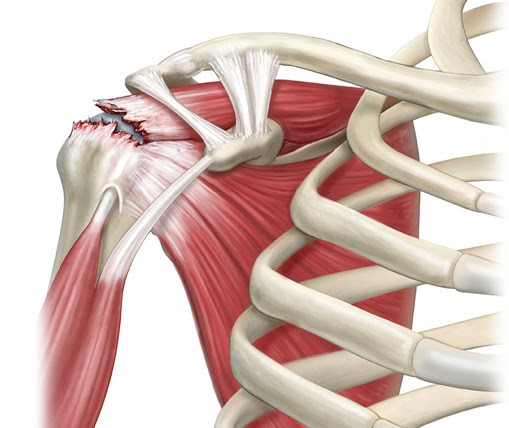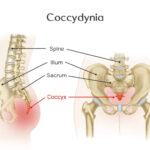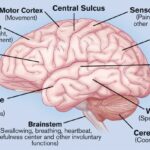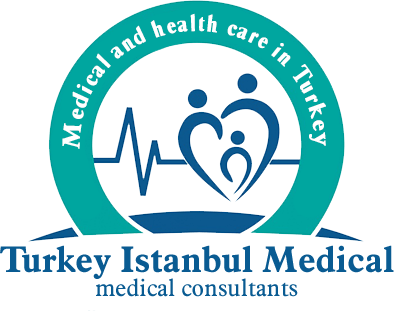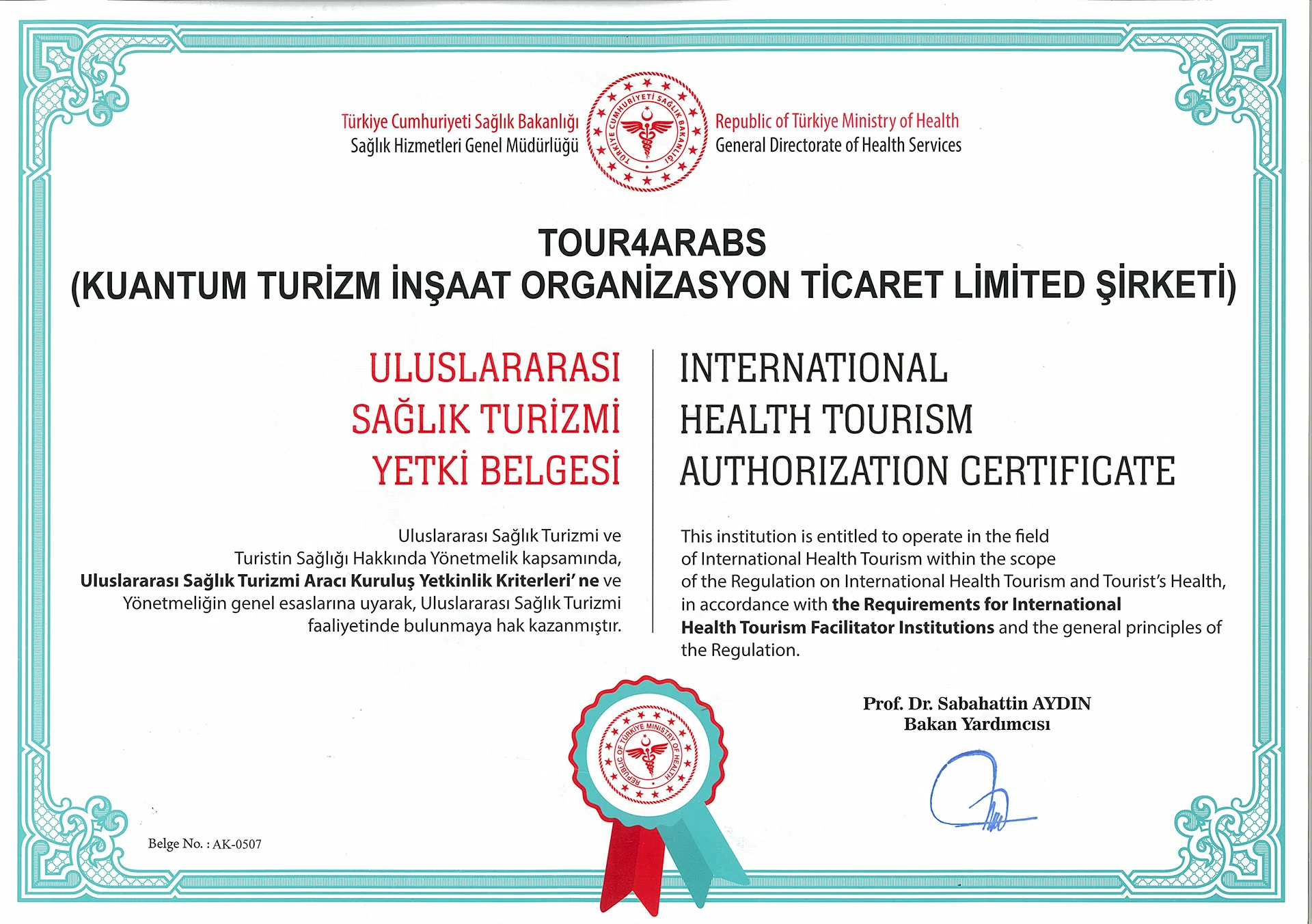Rotator Cuff Syndrome
Rotator Cuff Syndrome is a shoulder condition that is seen with a compression that occurs as a result of the narrowing of the distance between the rotator cuff and the bone structure. The Rotator Cuff is also called the shoulder cuff.
The Rotator Cuff is the name given to the group of muscles and tendons that work together to keep the shoulder stable. Muscles make the shoulder work better.
Tendons serve to stabilize the shoulder area. Pain may occur due to damage to this tendon and muscle group. The first thing that comes to mind is that there may already be such damage as a result of the pain in this area..
How Does Rotator Cuff Syndrome Occur?
Shoulder joint; consists of the scapula, arm bone, and collarbone. The arm bone is connected to the collarbone by tendons. The Rotator Cuff tendon attaches to the bone and contracts. In this way, the arm is raised and the shoulder moves.
Rotator Cuff Syndrome occurs as a result of narrowing of the distance between the shoulder cuff and the bony structure.
Keeping the arms up for a long time and arm movements in the form of frequent throwing cause this distance to narrow. In addition to these, with calcification, the distance narrows and the bony structures at the joint ends become closer.
Symptoms, Diagnosis and Treatment
- Pain is the most important symptom in patients with Rotator Cuff Syndrome. Pain is seen during the movement of the arm by taking it to the back.
- Complaints such as not being able to lie on the shoulder due to pain are also reported. The diagnosis of Rotator Cuff Syndrome is made by physical examination.
- However, if the pressure level and the degree of disease need to be examined in the treatment, MRI should be applied for this. The most accurate results will be obtained with this examination method.
- Early diagnosis, medications and exercises are sufficient in the treatment of this syndrome.
- Physiotherapy is applied to moderately advanced patients.
- The only treatment for the syndrome, which has reached advanced dimensions due to neglect, is intervention.
Continue
- Surgical intervention is applied to patients who have problems in raising their arms during physical therapy and do not have a positive improvement as a result of medications and exercises.
- Surgical intervention is preferred as treatment for people with rotator cuff tears or bone spurs rubbing against the cuff on MRI. Surgical intervention is performed through a 1 cm hole to be opened in the shoulder. In surgical intervention, procedures such as suturing rotator cuff tears, filing bone protrusions, shaving the calcified collarbone and scapula are performed.
- After the surgical intervention, patients leave the hospital approximately 1 day later. In patients with Rotator Cuff Syndrome who underwent surgical intervention, a physical therapy program is applied according to the degree of intervention and the degree of the syndrome.
